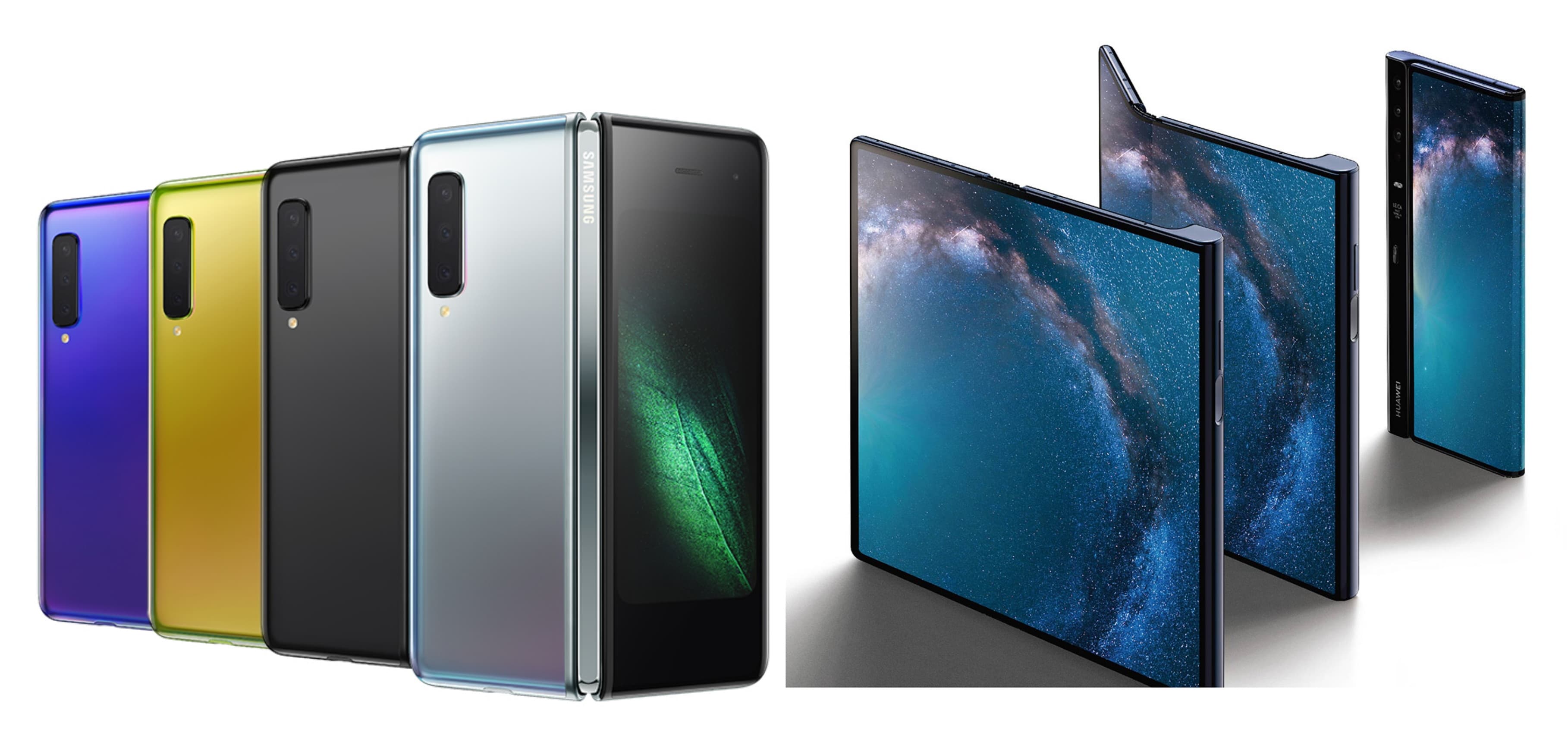
In the past few days, both Samsung and Huawei released their versions of a folding smartphone. Samsung announced their Galaxy Fold at a “Galaxy Unpacked 2019” event on Feb 20th at San Francisco’s Bill Graham Civic Auditorium, while Huawei announced their Mate-X at the 24th Feb Mobile World Congress (MWC) 2019 in Barcelona, Spain.
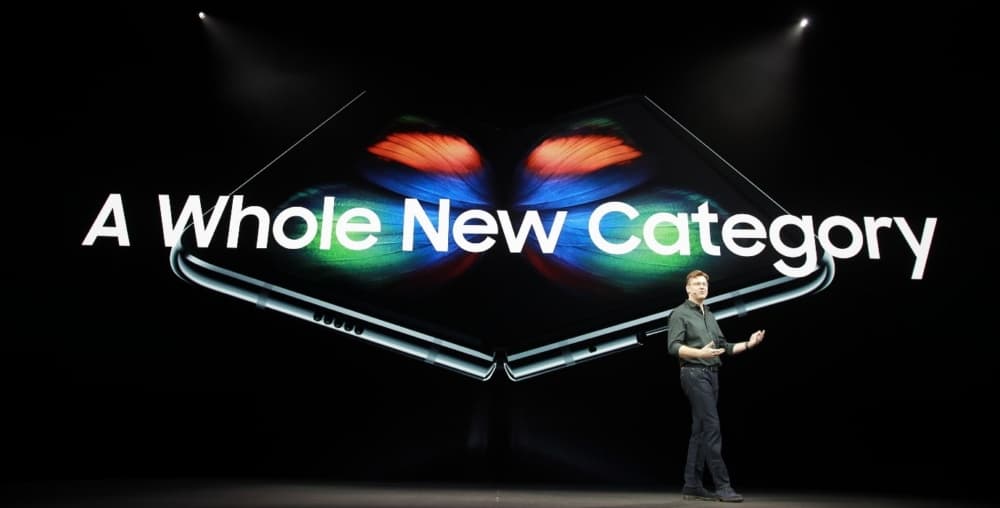
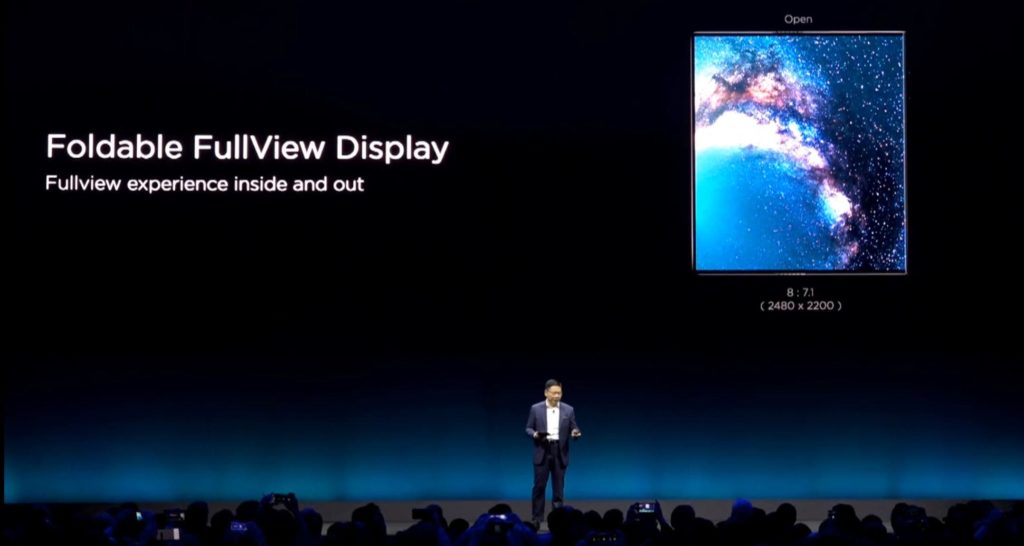
Neither of these are the first. That award goes to a Chinese company called Royole with their version of a folding phone called the FlexPai released in January at CES this year.
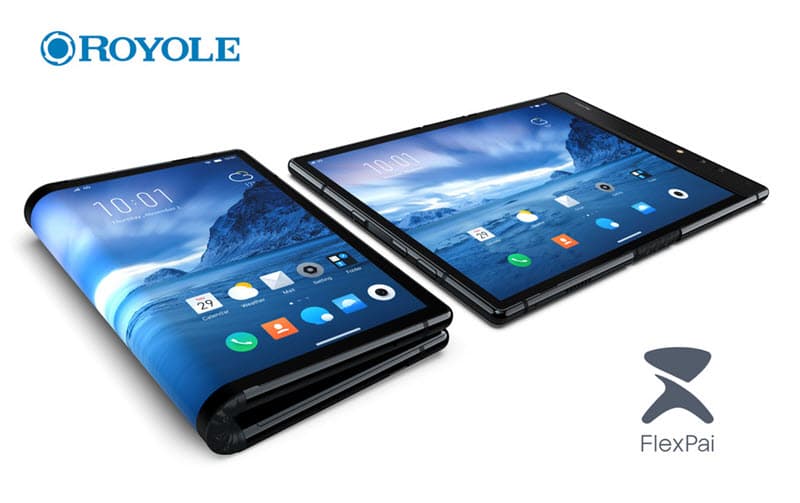
Excitement about a new form factor
For those of you that don’t fall within the millennial age category such as myself, you are likely to remember how mobile phones have developed over the years. From the ridiculously large brick style phones, followed by smaller handsets, “banana” sliding keypads, flip phones and finally to the current glass slab style smartphone. Each new form factor brought excitement and renewed interest! I craved each new model regardless of form factor as I longed to be different from everyone else. It was a golden age for mobile phones and these were not just functional tools, but status symbols as well.
Then along came the smartphone. A slab with a large touchscreen. Regardless of whatever mobile operating system you used, Symbian, Windows CE, Blackberry, iOS and later Android, the basic design was always the same, till now…
Reinventing the wheel
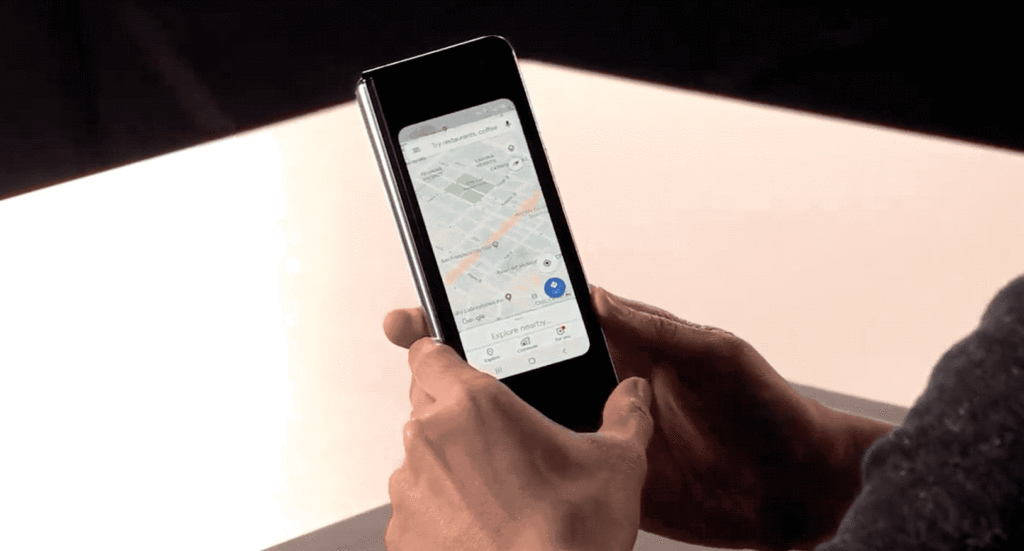
It’s hard to conceive of another form factor when it comes to smartphones. We all need our screen real estate, input methods require interaction with the screen via touch or a pen. There really isn’t much leeway when it comes to dreaming up a revolutionary design. Movies have tried with fantastical ideas such as holographic projections from handsets and screens that slide into a tube and seemingly disappear. We aren’t quite there yet.
This is why the idea of folding phones has garnered so much interest. It’s a fresh change to a design we have held on for far too long.
The current lineup
As far as commercially available folding phones go, only Samsung and Huawei have released specs and details of their upcoming models. Samsung’s Galaxy Fold is due to hit the shelves on April 26th of this year (2019) while Huawei’s Mate-X has a vague availability launch date of sometime after the middle of 2019. The Galaxy Fold’s price is expected to be very expensive at US$2000, while Huawei’s offering is expected to come in at an even higher eye watering price of US$2600!
This article isn’t meant to be a review of either phone but rather an opinion piece about folding phones in general. What should be known is that both phones pack the latest technology in both the screen and internals. I will hopefully be reviewing both when either (or another folding phone) is released on shelves.
There are however a lot to be excited about both these phones. Huawei for example has a new 55W SuperCharge capability which is the fastest of any charging technology currently available. It can charge the massive 4500mAh battery from empty to 85% in 30 minutes! Samsung on the other hand will be the first mobile device to utilize Universal Flash Storage 3.0 allowing for even faster operating speeds with any given processor.
Folding phones or folding tablets?
I want to get excited about this but I have to be honest. Is there really a need for this category within the mobile phone market? Smartphones have grown larger over the years in terms of screen size. This was a predictable evolution due to the way we use our mobile devices. We all crave more screen real estate while being loathe about the larger physical size and carrying the additional weight. Are folding phones the future?
The answer isn’t straightforward. To me, it’s both yes and no. Yes, the technology is exciting. However in its current form, I still find the “folded phone” form factor too large. Have a look at the product photos from both press events. The Samsung is 1.7cm thick while the Huawei is a much more acceptable 1.1cm thick. The Samsung is however narrower when folded.
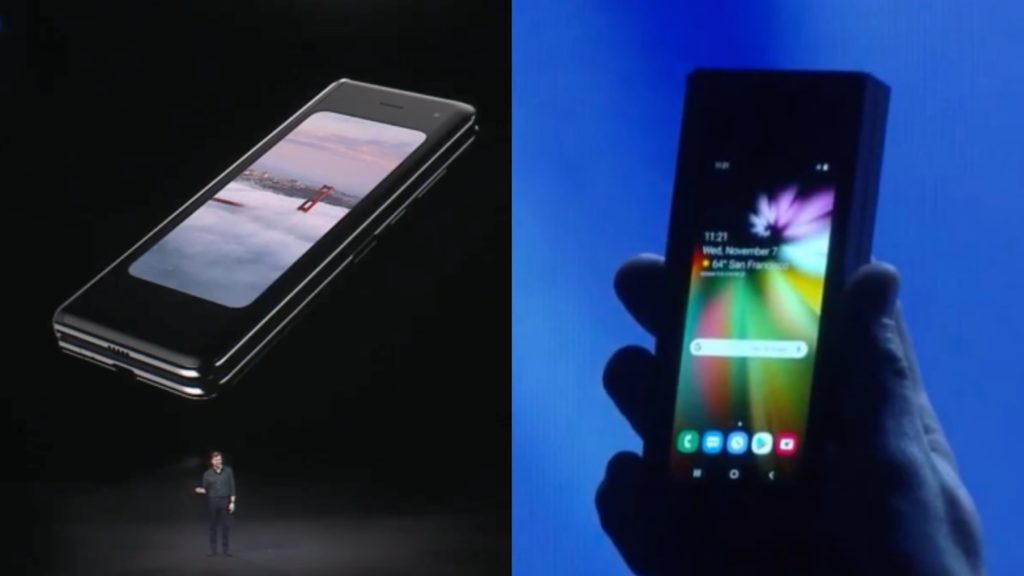
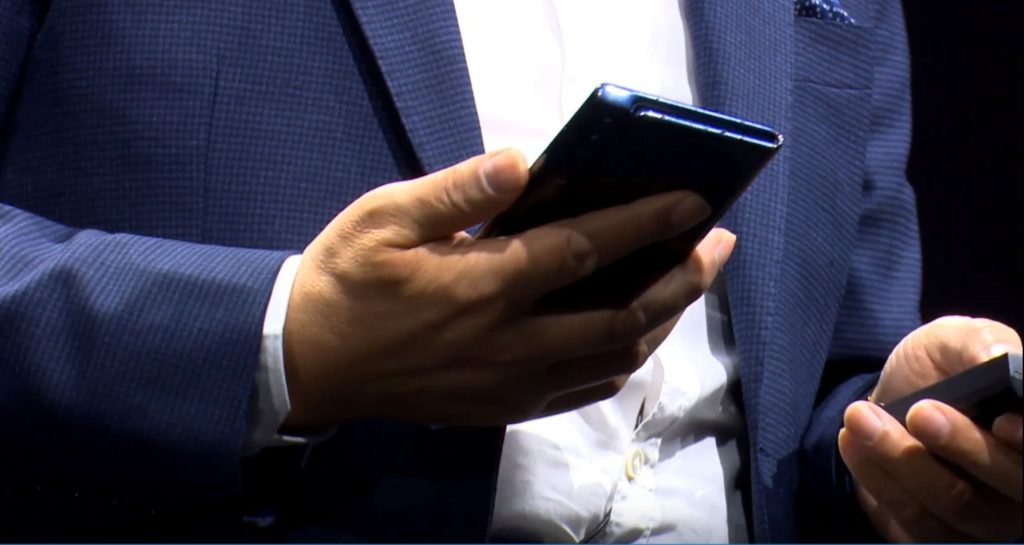
Huawei’s design is definitely the better of the two. In fact, it is far better. It is much thinner at 1.1cm and still has a respectable amount of screen real estate in it’s folded phone form factor. Samsung’s offering on the other hand is reminiscent of large cell phones of the past with a screen (when folded shut) far smaller than the dimensions of the phone. It should be known however that in order to protect the screen which opens outwards, Huawei will be including a carry case for the phone. Nobody has seen this case yet and how it will contribute to the final carry conditions. In fact, no one has been able to have a hands on experience with either phone. Everything we know is based on what we have been shown from afar. From what I have seen so far though, the Huawei would be my personal pick right now (price notwithstanding!)
I have thought long and hard about both, and while the technology is exciting, I find myself asking if these are folding tablets instead of folding phones? Marketed that way, it would certainly fill a void. Users of tablets that would rather carry a smaller package would be ecstatic and possibly consider giving up their handsets. Those considering replacing their phones would need to carry a much larger package than what they are currently used to.
It’s hard to see it any other way once you open your mind to that train of thought. As technology advances and folding phones (or tablets) get thinner, so will regular phones, and even more so. There will never really be a point where both reach parity when it comes to size. One will likely always be thicker than the other.
What I hope to see in the near future
In spite of semantics, I have to say I am extremely excited by the technology. The ability to fold a screen could lead to other possible advances such as screens that roll up into a miniscule package. Personally though, I am waiting for the possibility of having my current “Note sized” phone to be able to fold in half for easier carrying and screen protection. A nice light spring loaded action would help give it a more satisfying flip as well! Perhaps Motorola has something in the works? I do miss my old StarTac flip phone days 😉
Do you want a folding smartphone? Do leave a comment or opinion!
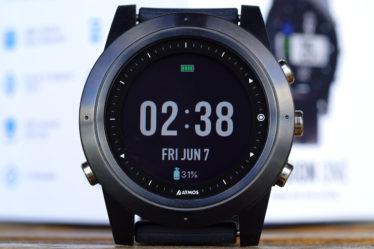
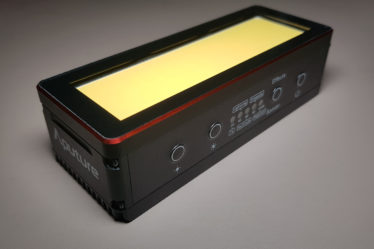
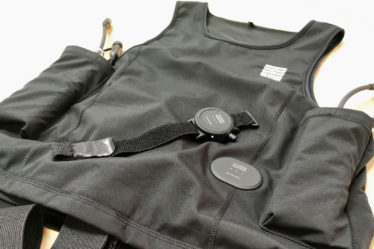
Thanks to the wonderful guide
I needed to thank you for this wonderful read!! I absolutely
loved every little bit of it. I have you bookmarked to
check out new things you post…